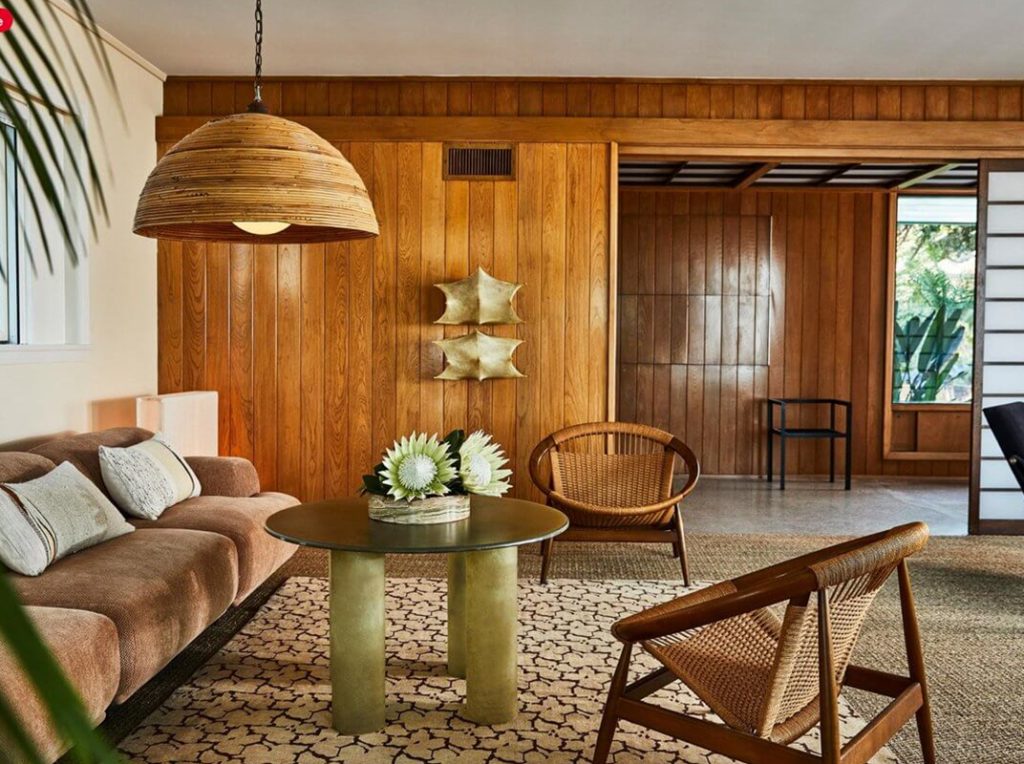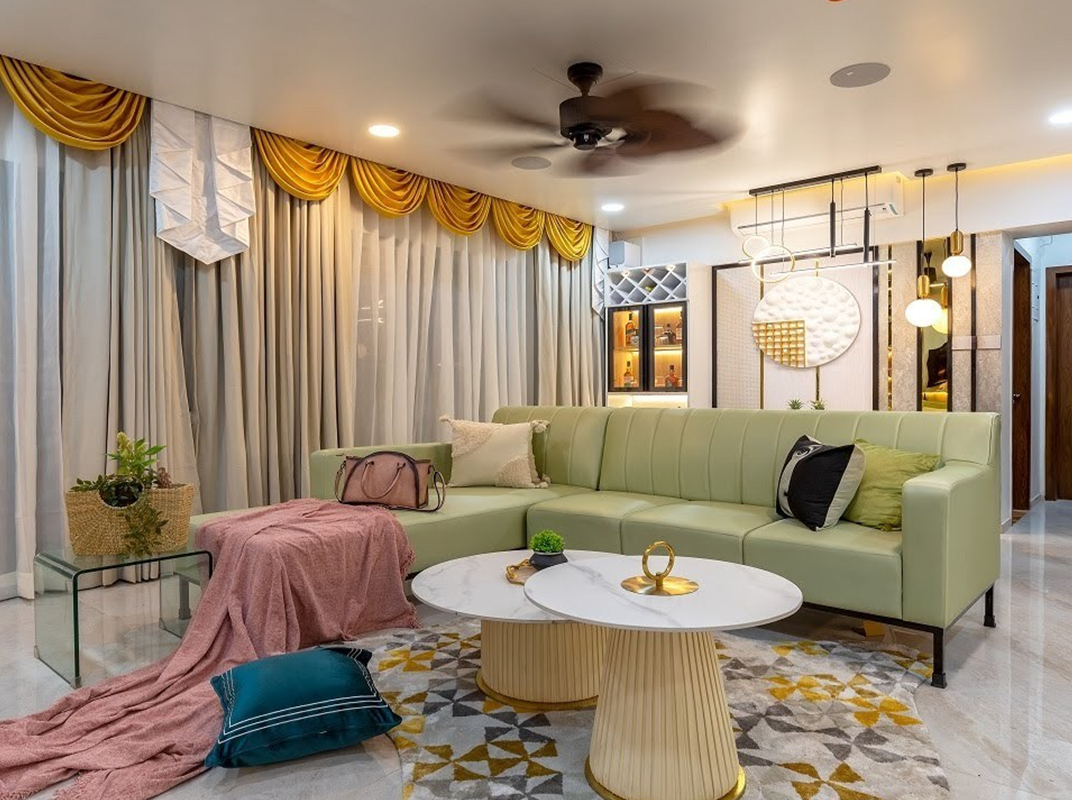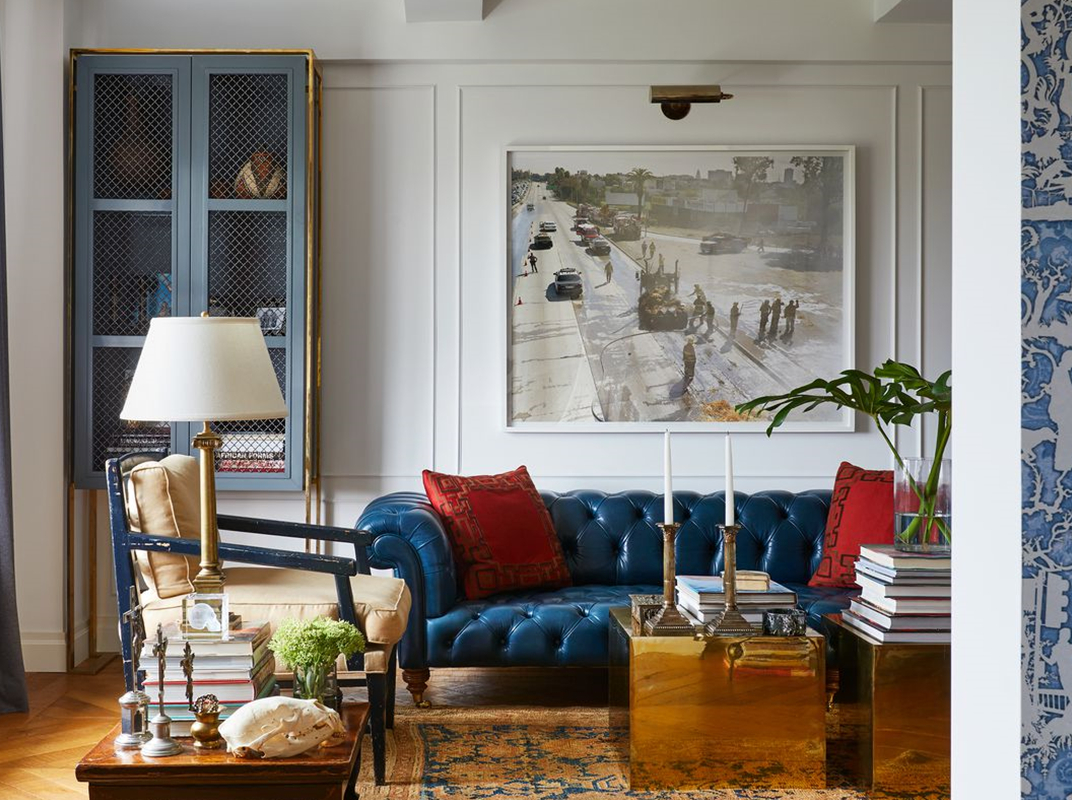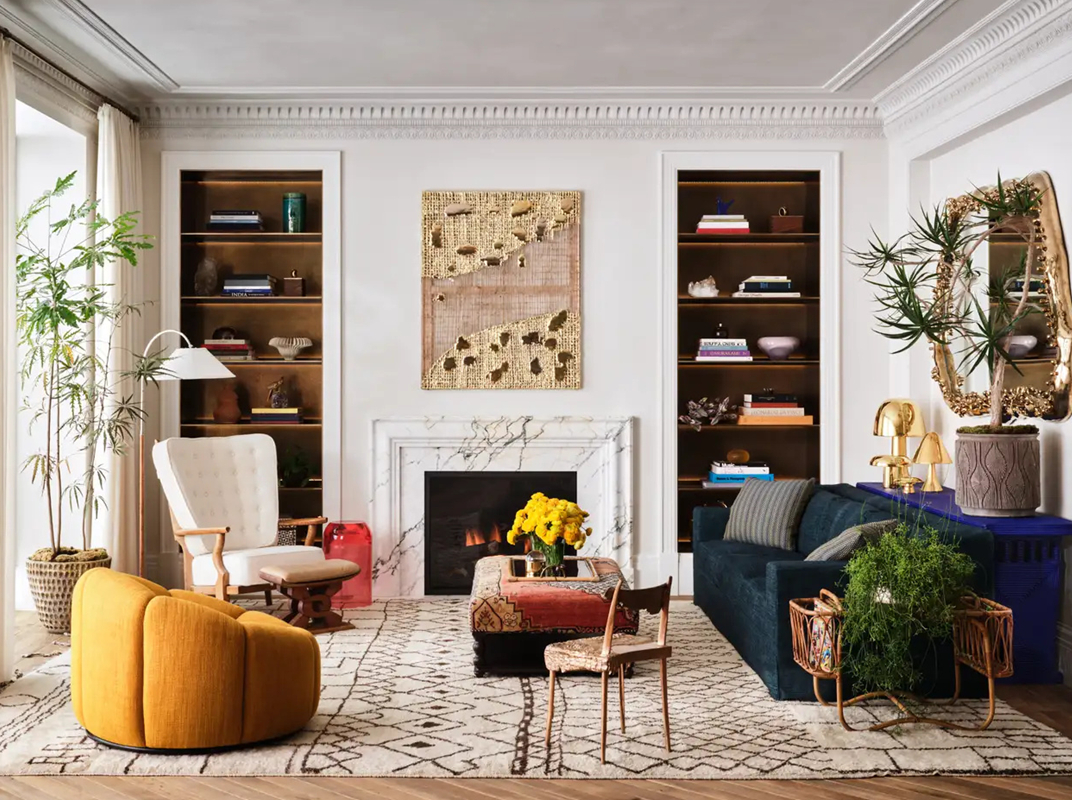Retro encompasses various styles from different decades. The 1950s introduced sleek designs, often paired with bold wallpaper. Think of the iconic Eames chair with its smooth wooden frame and plush leather seat. The 1960s added bright pops of color and bold patterns, like the egg chair, combining sleekness with a futuristic feel. In the 1970s, furniture became bold and bulky, featuring earthy tones, while the 1980s saw a return to art deco influences, with gold – colored materials and abstract shapes. Researching these styles will help you determine which elements resonate with you.
When shopping for retro furniture, prioritize quality. Look for solid wood construction, especially in pieces like dining tables and chairs. For upholstered items, ensure the fabric is in good condition and the padding is firm.Visiting antique stores, flea markets, or vintage furniture shops allows you to inspect the pieces firsthand. Reputable sellers will be transparent about any flaws or restoration work done on the furniture.
Consider the size of your room before purchasing. A large, overstuffed 1970s sofa might overwhelm a small living room, while a compact mid – century modern side table could be a perfect fit. Also, think about the room’s layout. Place larger pieces like sofas or dressers against walls to create an open flow. If you have an open – concept living area, use retro furniture to define different zones. For example, a unique retro coffee table can mark the living area within the larger space.

Retro furniture often features bold colors. If you’re new to the style, start with a neutral – colored retro piece, like a beige mid – century modern armchair, and add pops of color through accessories such as throw pillows or a colorful rug. If you’re feeling bolder, choose a statement piece in a bright hue, like a turquoise 1960s sideboard, but balance it with more subdued elements in the room. Pay attention to textures as well. Combine smooth surfaces like a plastic 1980s lamp with rough – textured materials such as a woven 1970s rug for an interesting contrast.
Don’t be afraid to blend retro furniture with modern pieces. A contemporary glass dining table paired with vintage 1950s chairs can create a stylish, eclectic look. Similarly, a modern, minimalistic sofa can be complemented by a retro side table. This mixing not only adds visual interest but also makes the space feel more lived – in and personalized.
Incorporating retro furniture into your home is about expressing your personal style while creating a warm, inviting space. By following these tips, you can curate a collection of retro pieces that transform your house into a stylish haven.



